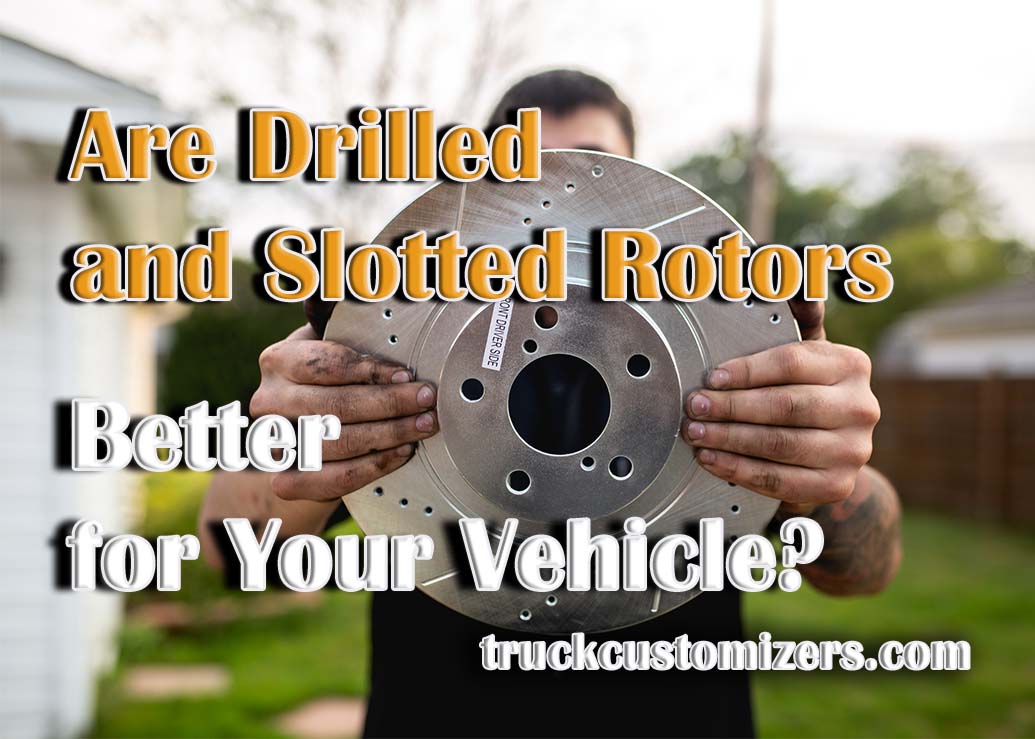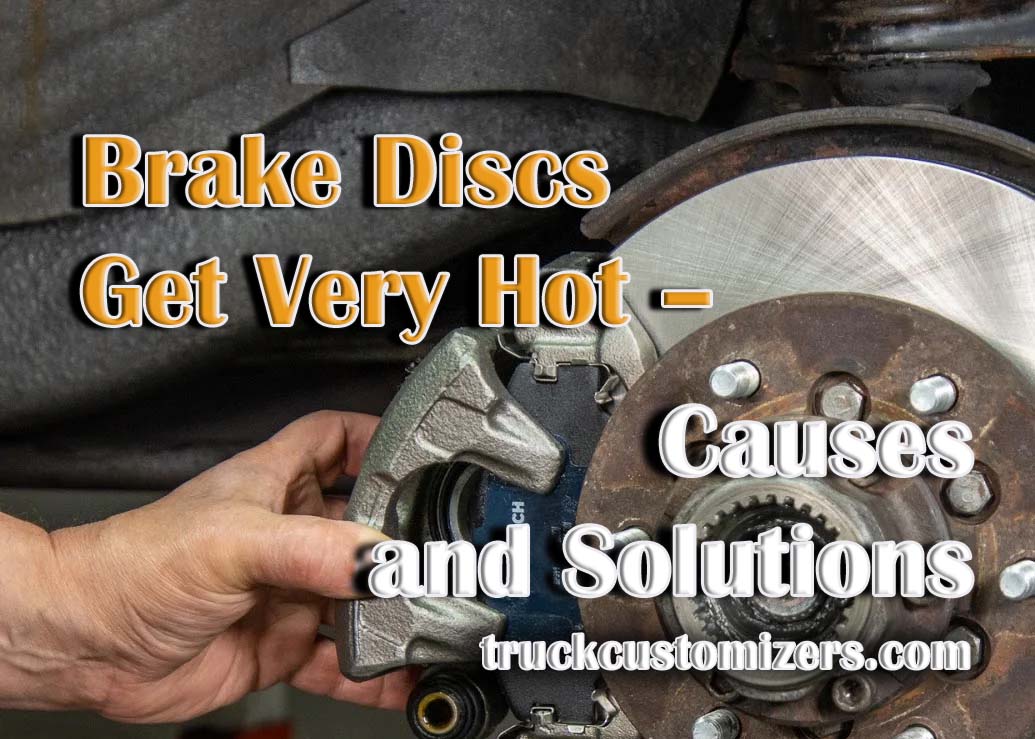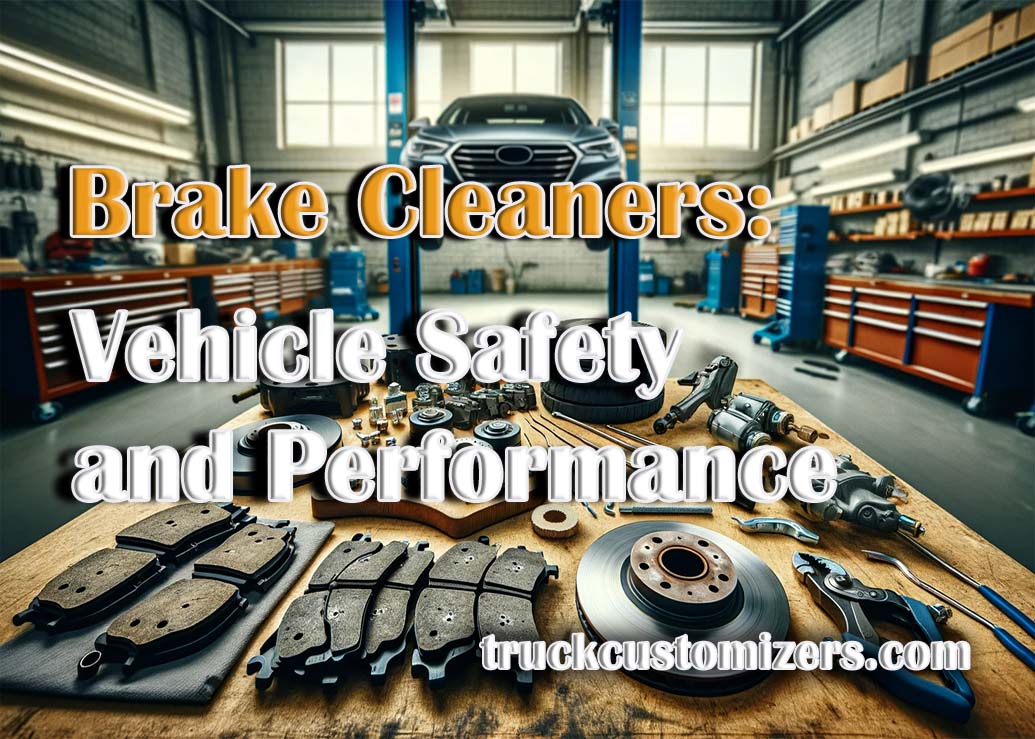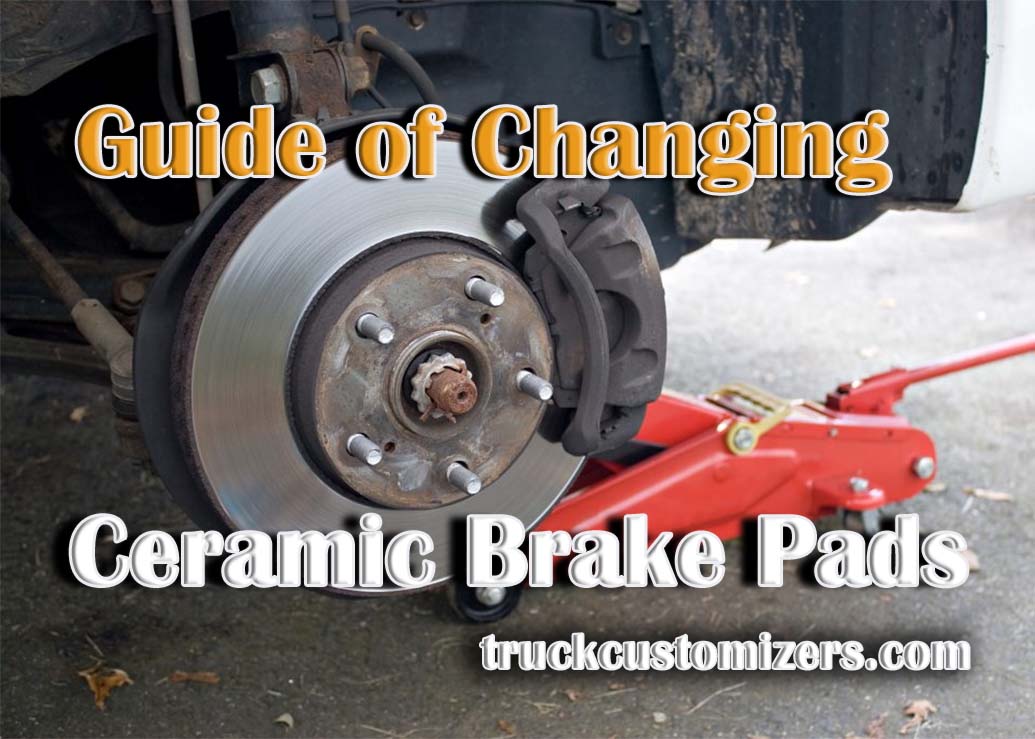When it comes to vehicles, it is important to make sure that your vehicle is running in the best condition possible. It is especially important to pay attention to the brakes of your car since they are responsible for your safety on the road. If you are looking for a way to improve the performance of your brakes, then you can consider using drilled and slotted rotors. But before you make any decisions, it is essential to learn more about this option and what type of benefits or drawbacks they offer.
Overview of Drilled & Slotted Rotors
Drilled & slotted rotors are a type of disc brake rotor that has been modified with holes and slots in the braking surface. These modifications have several purposes: they help keep heat away from the braking system, provide better brake cooling, improve stopping power, and reduce noise levels when braking occurs. The holes in these rotors allow hot air from under the pads to escape readily so that there won’t be any build up or damage due to excessive heat. The slots allow for improved brake cooling by creating channels for air flow over the rotor’s surface which helps dissipate heat faster than conventional flat discs. In addition, these drilled & slotted rotors can also provide superior stopping power over traditional rotors as the grooves and holes create friction between the pads and the rotor which in turn increases braking performance. Finally, since these drilled & slotted rotors have less surface area they can reduce noise levels when braking occurs. Also read how to change ceramic brake pads.
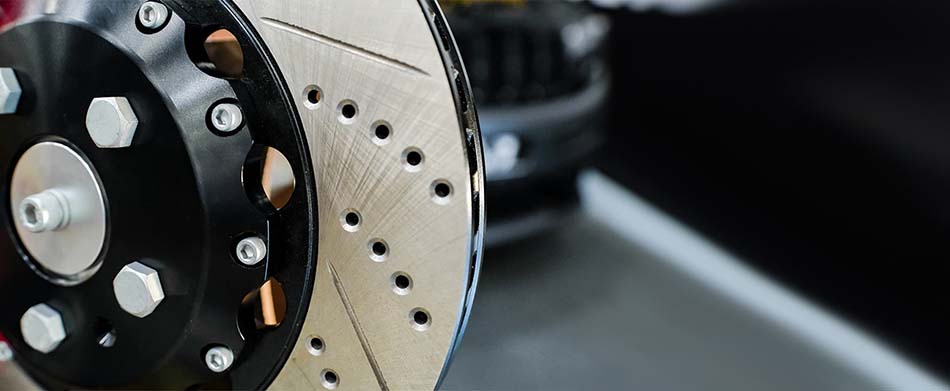
Benefits of Drilled & Slotted Rotors
The main benefit of using drilled & slotted rotors is that they offer improved performance when it comes to stopping power. The grooves and holes create additional friction between the pads and the rotor so that your brakes will be able to stop more effectively than with a standard disc brake rotor. In addition, these rotors are also capable of providing better brake cooling due to their design which helps keep temperatures low during harsh braking conditions. Furthermore, these rotors can also help reduce noise levels due to their reduced surface area which means you won’t experience any loud screeching or squealing sounds when you apply your brakes.
| Advantages | Disadvantages |
| Improved cooling | Reduced rotor life due to holes drilled in rotors |
| Increased braking power | Can cause vibration from uneven surfaces |
| Reduced brake dust buildup | Risk of cracking or warping due to extreme temperatures |
| Quicker wet weather response time | Higher cost than standard rotors |
Drawbacks of Drilled & Slotted Rotors
Although there are many benefits to using drilled & slotted rotors, there are some drawbacks that come along with them as well. For one thing, they tend to be a bit more expensive than regular disc brake rotors because of their modified design. Additionally, these rotors can also be more prone to wear and tear over time due to their grooved surface which causes additional friction. This means that you may end up needing to replace them more often than traditional disc brake rotors which can be an added cost. Furthermore, these rotors are not recommended for everyday driving as they may cause excessive wear on the brake pads which could lead to a decrease in performance over time.
Conclusion
Drilled & slotted rotors are a great option if you’re looking for improved braking performance and better cooling capabilities. However, it is important to weigh the pros and cons before making any decisions as they can be a bit more expensive and require more maintenance than standard disc brake rotors. Ultimately, it comes down to personal preference and your budget so make sure that you evaluate all of your options before investing in drilled & slotted rotors for your vehicle.
